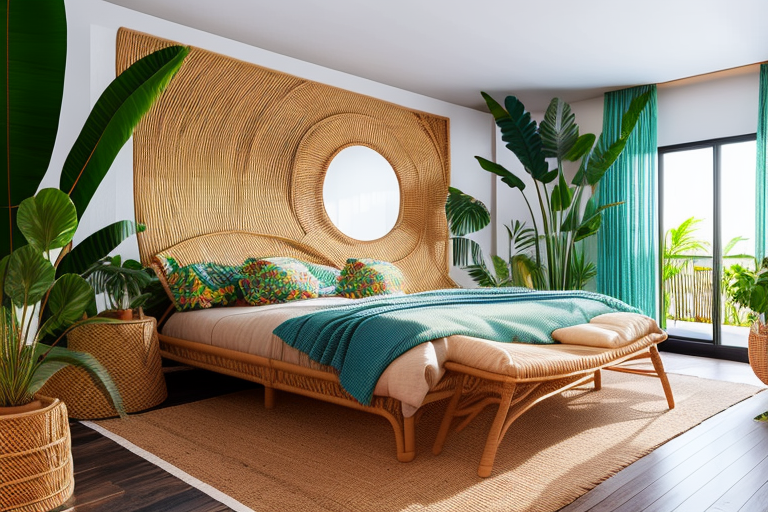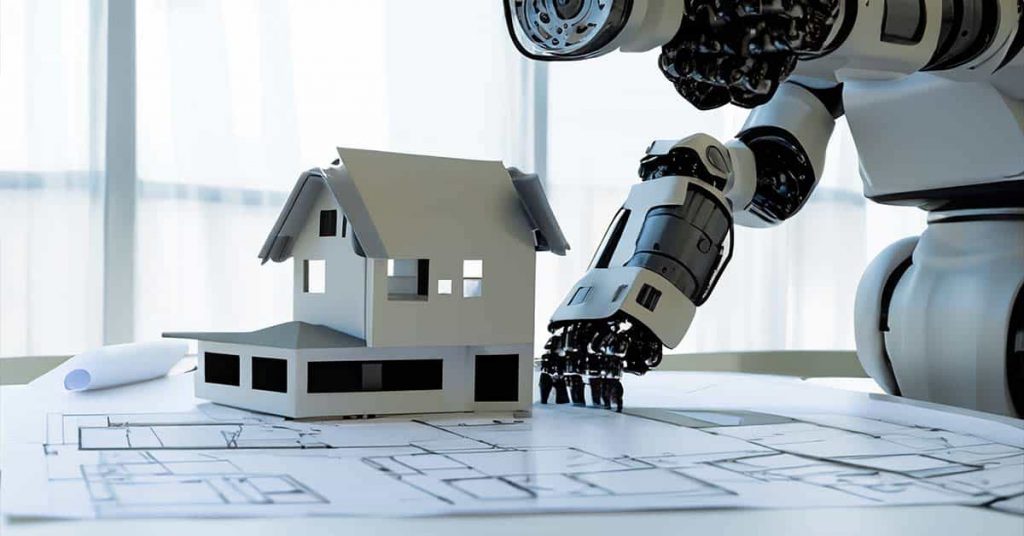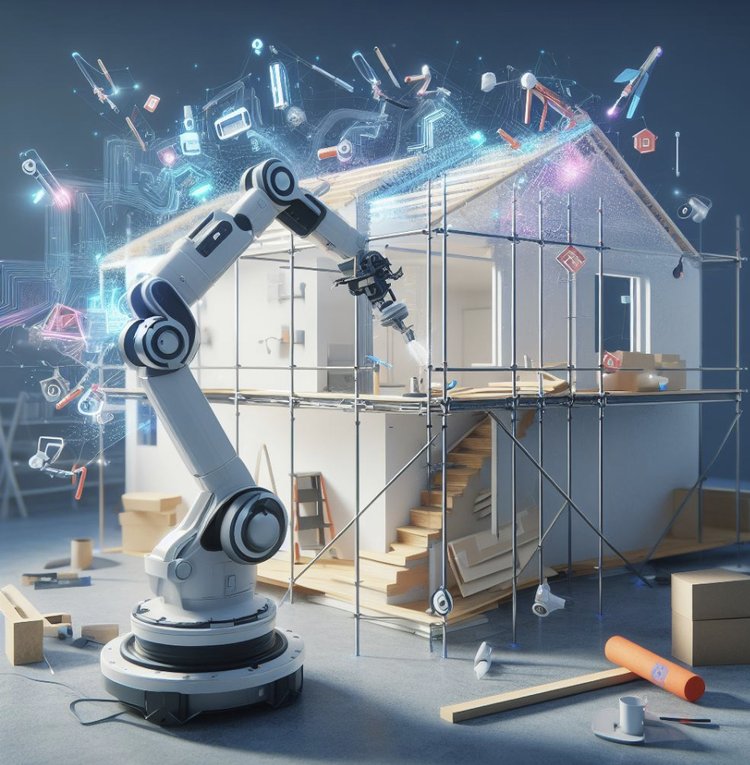How AI is Transforming the Interior Design Industry
Artificial Intelligence (AI) is rapidly changing the landscape of many industries, and the interior design industry is no exception. From enhancing design processes to improving client interactions, AI is making significant strides in how designers work and how clients experience design services.

AI’s Impact on Design Processes
AI-powered tools are revolutionizing the way interior designers approach their projects. Designers can now use AI algorithms to analyze preferences, lifestyles, and habits to suggest personalized design choices. This means that clients receive recommendations that cater specifically to their needs and styles. AI is also being used to create virtual mock-ups and 3D models, allowing designers to visualize spaces before any physical changes are made.

Enhanced Tools for Designers
AI is providing designers with advanced software that aids in various stages of the design process. For instance, during the conceptual stage, designers can input their sketches into AI tools to generate detailed, hand-drawn perspectives. These visuals help guide the design direction and facilitate smoother collaboration between designers and clients. Additionally, AI algorithms can scan vast databases to curate furniture and decor items that align with clients’ budgets and preferences.
Improved Client Interactions
AI is also transforming how designers interact with their clients. AI-powered websites and apps make the design process more accessible to homeowners, allowing them to explore design options and make informed decisions from the comfort of their homes. Smart home devices, powered by AI, enable effortless control of interior environments, such as lighting and temperature, enhancing the overall living experience.

Future Trends and Sustainability
Looking ahead, AI is expected to play a significant role in predicting design trends based on historical data. This helps designers stay ahead of the curve and offer innovative solutions to clients. Moreover, AI implementation in energy-efficient design is enabling real-time adjustments to reduce energy waste and lower utility bills, contributing to a more sustainable future.
Conclusion
The integration of AI in the interior design industry is not about replacing human creativity but enhancing it. By leveraging AI tools, designers can streamline their processes, offer personalized solutions, and create more efficient and sustainable living spaces. As AI technology continues to evolve, the possibilities for innovation in interior design are endless.




